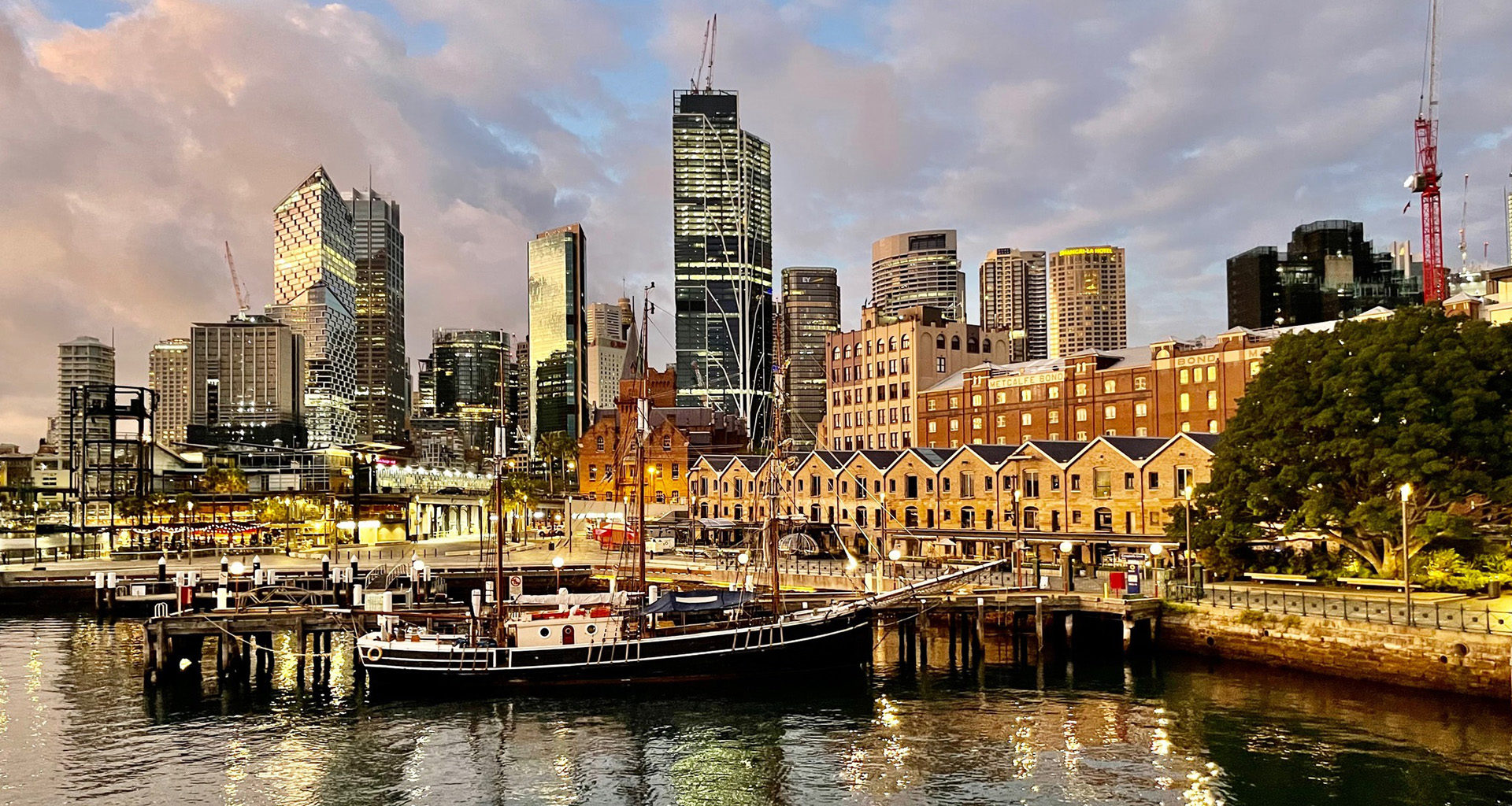Returning to Australia a few years after my last visit, I am amazed at the speed with which the country is remaking itself. Sydney and Canberra, my two stops on this trip, are not representative of the whole country, but Canberra, the political capital, and Sydney, the financial one, are emblematic of the readiness of Australia as a whole to embrace the future while holding on to the best of the present, which means rejecting the worst of the past.
The past was problematic. As a settler colony of Britain’s, Australia retained its white exclusivist roots late into the decolonising era, when it was possible for an Australian to think of Asia as the land over which aircraft flew from Down Under up to Europe. The White Australia policy subjected immigration to racist principles that defied demographic belief. Many Austalians lived their lives in finite plenitude, believing that the umbilical link with Britain would see them through infancy, adolescence, youth, middle age and dotage. National illusions are the worst of all: When they disappear, the smaller illusions of village, town, city, region and state disappear with them, leaving communities at the mercy of demography. The end of the White Australia policy was a harbinger of a new nation that sought to reject the colonial racism of the past for a durable present that looked ahead to a viable future.
That future is visible in the multicultural efflorescence that is Australia today. The staff of the hotels in which I stayed were uniformly multiracial. The standards of service they provided were impeccably Australian, that is, high. I spoke to some of the staff. They were unabashedly open about where they had come from, but were even more comfortable in speaking about their lives and hopes and dreams in their country of choice. Given the range of nationalities that I encountered, Australia, it appeared to me, had become a nation of all nations. Everyone was at home here. Or as much of home as was possible beyond the artificial boundaries of accidental birth. Migration is changing the course of international history in subterranean ways whose grand consequences will be apparent only over time. Countries, from Australia to Singapore, will define themselves not by what they were but what they are on the inevitable way to being what they wish to be.
The globalisation of population flows serves as an important reminder of the Heraclitean principle that you cannot enter the same river twice. That is because the river — the world — changes constantly precisely because it flows (an activity without which it would not have been a river). Equally important though is that we, who once stepped into a river, have ourselves changed. Time is the final measure of identity in this world, be that identity natural, personal or national.
On a short trip to Australia, I have been brought face to face with myself. Who was I? Who am I today? Whom do I wish to be? Singapore was, is and will be my anchor on the seas of global history. I am nothing if I am not Singaporean, and shall be nothing ever. However, witnessing the changed Australia that I am encountering this time around, I am more than prepared to say that Singapore has to leverage on the inevitable consequences of demography to keep its place in global affairs.
Australia and Singapore are both islands. Truth be told, the Australian one is larger than the Singaporean one. Hence, if an island as large as a continent can embrace the global future, an island city state such as Singapore has no choice.
Singapore must continue to globalise to stay true to itself.




